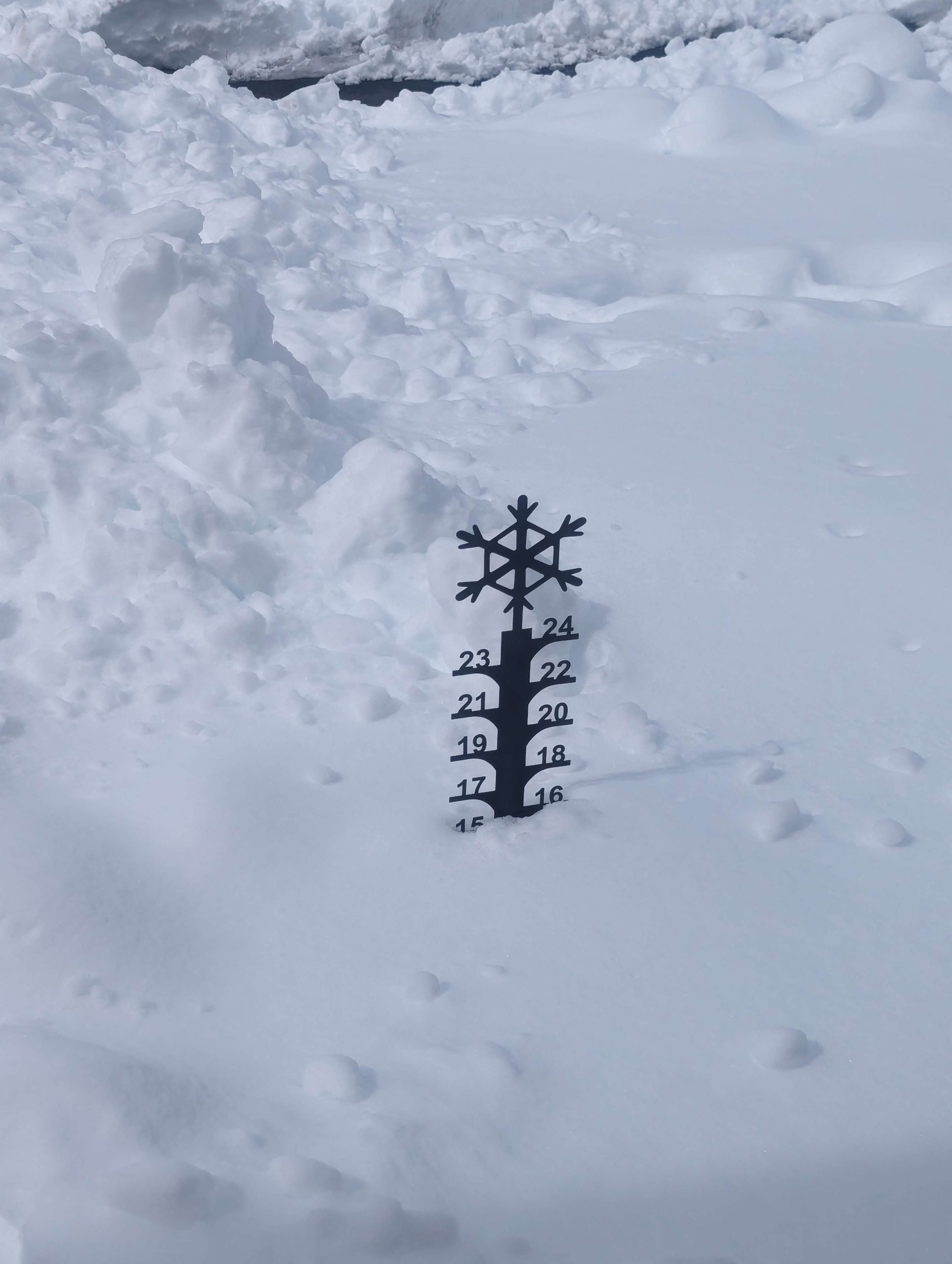
How to Measure Snow
Why is Measuring Snow Important?
Measuring snowfall accurately is essential for meteorologists, weather enthusiasts, and storm spotters, for several reasons:
Weather Forecasting: Accurate snowfall measurements help meteorologists make precise weather forecasts. By understanding the amount of snow that has fallen in a city, they can better predict how weather patterns will evolve and provide more reliable information to the public.
Emergency Response Planning: Snowfall data plays a vital role in emergency response planning. Knowing the exact snow accumulation helps authorities prepare for potential disruptions caused by winter storms. It allows them to allocate resources efficiently, manage road conditions, and respond promptly to any emergencies.
Hydrological Models: Hydrologists use snowfall measurements to estimate the amount of liquid contained in the snowpack. As temperatures begin to warm during the spring months, rapid melting could lead to flooding. Accurate initial data collection is essential for hydrological models that predict water levels, although improved satellite data has reduced reliance on individual measurements.
Historical Records: Consistent and accurate snowfall measurements contribute to long-term weather records. These records are valuable for climate studies, trend analysis, and understanding changes in snow patterns over time.
In summary, measuring snowfall provides critical information for weather forecasts, emergency preparedness, and scientific research. It ensures the safety and well-being of communities during winter conditions. Use our guide below to learn how to accurately measure snowfall in your backyard, or at your place of business.
How to Measure Snowfall
To obtain an accurate measurement, it is important to follow a few simple guidelines.
Before the first snowfall, place a snowboard outside in a location away from trees, buildings, and shadows. A snowboard can be any lightly colored board that is approximately 2 feet by 2 feet. A piece of plywood painted white works well. One common mistake made while measuring snowfall is measuring drifted snow, which can result in higher measurements. Avoid areas prone to drifting and mark the location of the snowboard with a stake so it can be easily found after a fresh snowfall. If a snowboard is not available, a wooden deck or the ground can be used.
Snowfall should be measured to the nearest tenth of an inch on the snowboard or other collecting surface. Snowfall should not be measured more than four times in 24 hours. Hourly snowfall rates can be measured, but the board should not be cleaned off each hour. Only clean off the board when taking one of the four daily measurements. Once snowfall has concluded, sum the measurements from each time the snowboard was cleaned to reach a storm total. Four measurements a day are standard for National Weather Service reporting stations such as airports, but two measurements per day is sufficient. For example, measurements could be taken at 6am and 6pm.
There are several special cases to consider when measuring snowfall. If snow falls and accumulates on the snowboard, but then melts, the snowfall is the greatest depth of snow observed on the board before it begins to melt. If this occurs several times, measure the snowfall after each snow shower and add each measurement for the total snowfall. If snow falls and melts continuously on the board, and the snow never reaches a depth of a tenth of an inch, then a trace (often represented as “T”, or “TR”) of snowfall is recorded. If snow has blown or drifted onto the snowboard, take several measurements from around the yard where the snow has not drifted, being careful only to measure new snow. Take an average of the various measurements to arrive at a total. Sleet counts towards total snowfall, while freezing rain accumulation does not.
How to Measure Snowdepth
Measuring snow depth involves measuring the depth of snow on the ground, including both new and old snow. Snow depth is measured to the nearest inch. Sometimes old snow can be very hard and icy beneath new snow. Ensure that the ruler gets all the way down to the underlying ground. Measure the total snow depth at several locations in your yard that have not drifted or blown. Traditionally, ten measurements are made, and the average value is the snow depth.
